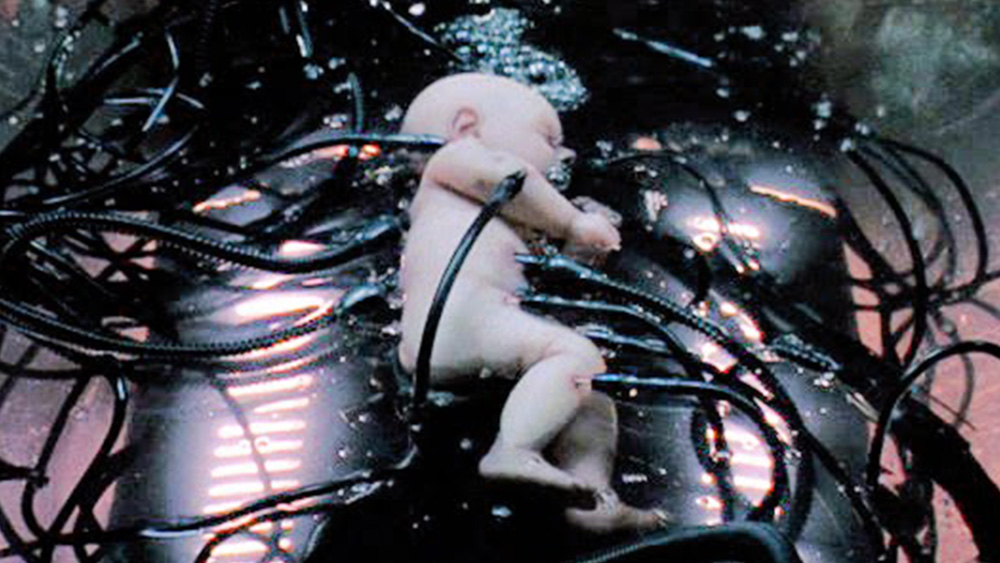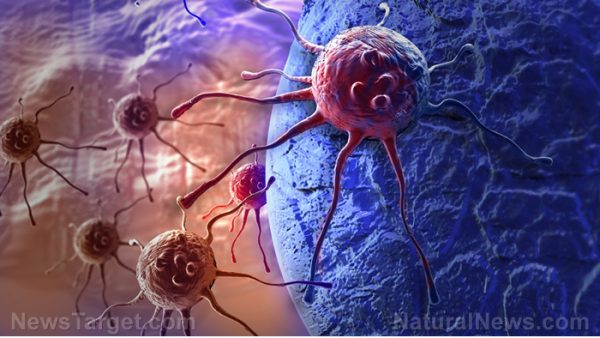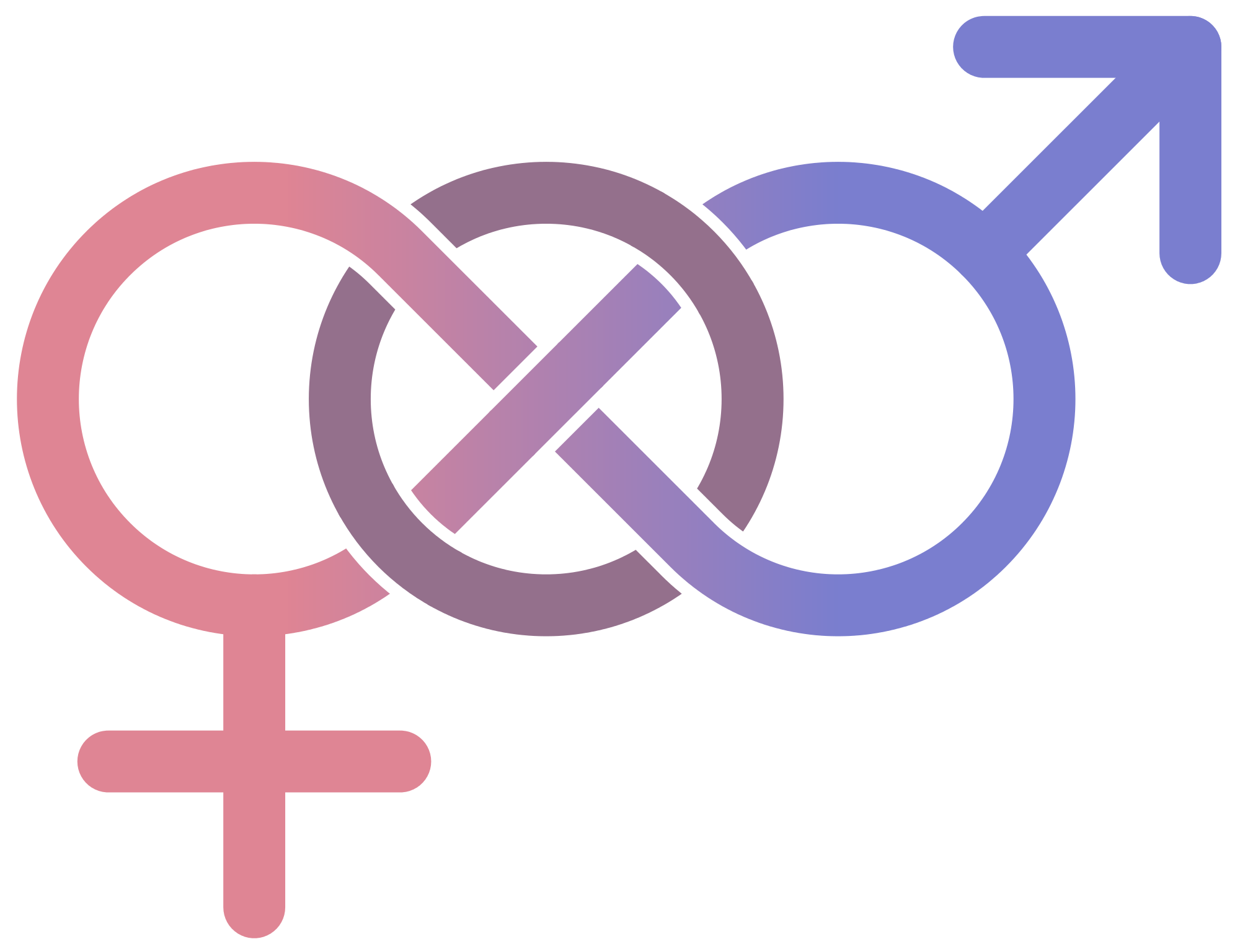Arnold-Chiari malformation – causes, side effects and treatments at NaturalPedia.com
01/03/2018 / By Rita Winters
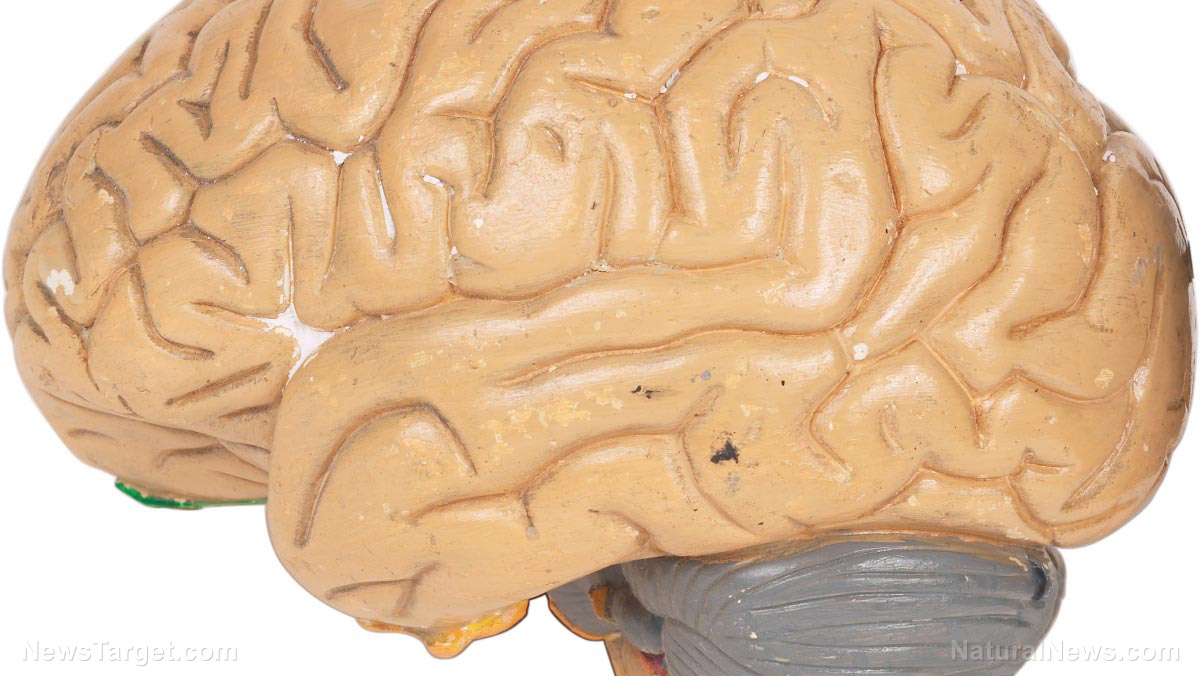
Arnold-Chiari malformation, or simply Chiari malformation, is a condition that causes the cerebellum to abnormally sag into the brain stem. These are mostly congenital conditions that may be inherited, or secondary casualties of diseases such as hydrocephalus, myelomeningocele, scoliosis, and spina bifida. It was first discovered in 1883 by Austrian pathologist Hans Chiari. Additional information on the condition was contributed by his colleague, Julius Arnold.
These malformations are described as the brain tissue (from the cerebellum) extending into the spinal canal and usually occurs when the top part of the skull is abnormally shaped (or too small), pushing down on the brain. When Arnold-Chiari malformations occur, the normal flow of cerebrospinal fluid (which protects your brain and spinal cord) is disrupted. It can be diagnosed or detected using magnetic resonance imagery (MRI).
Chiari malformations are classified into four types, which are numbered based on the severity of the condition. Type I Chiari malformations are the most common and are often diagnosed in adulthood. Type II is less common than Type I, but are often associated with myelomeningocele (defect of the backbone and spinal cord). Type III and IV malformations are extremely rare and are exceedingly severe.
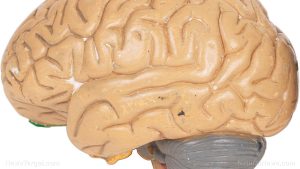
Known side effects of Arnold-Chiari malformation
The disease can be relatively common in childhood, and they may show symptoms such as dizziness, balance problems, coordination, neck and chest pain, headaches from coughing, sneezing, laughing, difficulty speaking, weakness, numbness, tingling, and abnormal feelings in the arms and legs.
Other symptoms and side effects of Chiari malformations include unsteady gait (manner of walking), weak hand coordination (but with regular motor skills), difficulty swallowing, gagging, choking, vomiting, and blurred vision. Symptoms that rarely happen include tinnitus (ringing or buzzing in the ears), heart arrhythmia (unstable heart rhythm), scoliosis (misshapen spine), hydrocephalus (brain enlargement), and respiratory problems such as sleep apnea and breathing cessation.
Body systems harmed by Arnold-Chiari malformation
Arnold-Chiari malformation affects the brain, nerves, spine, and spinal cord.
Food items or nutrients that may prevent Arnold-Chiari malformation
Individuals suffering from Arnold-Chiari malformation should make the necessary adjustments to their dietary intake. Recommendations include higher consumption of fiber to keep the digestive system in excellent condition. Caffeine, alcohol, salt, and aspirin should be avoided, especially if tinnitus is a side effect of the malformation. Calcium-rich foods help keep the bones strong. Since Chiari malformations may result in gastroesophageal reflux disease (GERD), individuals with the condition may have a malabsorption of nutrients. Therefore, patients should consume fruits and vegetables that are rich in vitamins and minerals.
Treatments, management plans for Arnold-Chiari malformation
Most of the treatments for Arnold-Chiari malformation require surgery, especially if the symptoms are severe. These procedures include decompression, endoscopic third ventriculostomy (ETV), ventriculoperitoneal shunting, untethering, and spinal fixation. If methods are not properly executed, infections and complications may occur, as the location of surgery is within proximity of the brain. Regular follow-ups and examinations are done post-surgery, including additional MRI tests to assess the outcome.
Where to learn more
- Infant assaulted with 8 vaccine doses at six months old… collapses into state of brain damage… doctors blame the parents!
- Nutrients.news
- Herbs.news
- DangerousMedicine.com
- BigPharmaNews.com
Summary
Arnold-Chiari malformation is a condition that affects the cerebellum and the spinal cord.
Arnold-Chiari malformation is congenital and may be hereditary. It can also be caused by other damages in the brain.
Arnold-Chiari malformation can be treated and managed, but no studies have shown preventive measures yet.
Sources include:
Tagged Under: Arnold-Chiari malformation













